Home>Gardening & Outdoor>Outdoor Structures>What Are The Problems With Composite Decking?
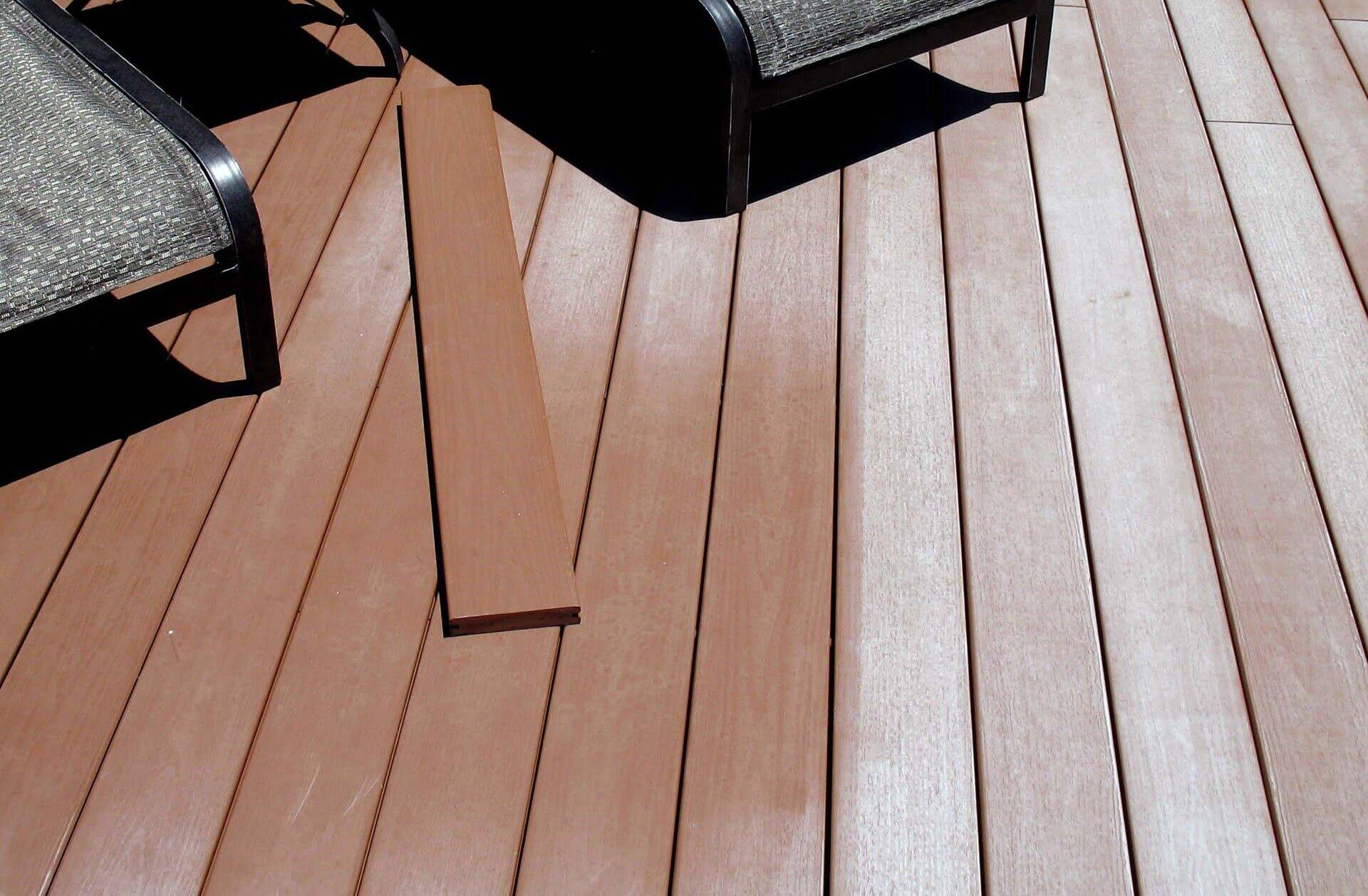

Outdoor Structures
What Are The Problems With Composite Decking?
Modified: January 9, 2024
Discover common problems with composite decking and how to address them. Learn how to maintain outdoor structures for long-lasting enjoyment.
(Many of the links in this article redirect to a specific reviewed product. Your purchase of these products through affiliate links helps to generate commission for Storables.com, at no extra cost. Learn more)
Introduction
Composite decking has gained popularity in recent years due to its durability, low maintenance, and eco-friendly appeal. However, like any building material, it has its drawbacks. In this article, we will explore the common problems associated with composite decking, shedding light on aspects that consumers should consider before making an investment in this outdoor structure option.
Composite decking, composed of wood fibers and recycled plastic, offers an attractive alternative to traditional wood decking. It is known for its resistance to rot, warping, and splintering, making it an appealing choice for homeowners seeking a long-lasting and low-maintenance deck. Despite these advantages, several issues can arise with composite decking, ranging from aesthetic concerns to performance and environmental considerations.
Understanding the potential challenges of composite decking is crucial for homeowners, contractors, and designers alike. By delving into these problems, we aim to provide comprehensive insights that will empower individuals to make informed decisions when selecting outdoor decking materials. Let's delve into the common problems associated with composite decking and explore potential solutions to enhance the overall decking experience.
Key Takeaways:
- Composite decking can fade and discolor over time due to exposure to sunlight and weather. To prevent this, homeowners should choose UV-resistant products and follow maintenance guidelines for a vibrant and long-lasting deck.
- While composite decking offers durability and low maintenance, it can be susceptible to moisture, mold, and heat retention. Homeowners can address these issues by selecting high-quality materials and implementing proactive maintenance practices for a comfortable and inviting outdoor space.
Read more: What Is Composite Decking
Fading and Discoloration
One of the prevalent issues with composite decking is its susceptibility to fading and discoloration over time. Exposure to the elements, including sunlight and fluctuating weather conditions, can lead to noticeable changes in the decking’s appearance. This can be particularly frustrating for homeowners who expect their decking to maintain its original color and vibrancy.
Composite decking is available in a variety of colors and finishes, mimicking the natural aesthetics of wood while offering enhanced durability. However, prolonged exposure to UV rays can cause the colors to fade, resulting in a dull, weathered appearance. Additionally, some composite decking materials are prone to discoloration due to mold and mildew growth, especially in damp or shaded areas. This can detract from the overall visual appeal of the deck, requiring homeowners to address the issue to restore its original luster.
To mitigate the effects of fading and discoloration, manufacturers have developed UV-resistant and color-stabilized composite decking products. These advancements aim to prolong the decking’s color integrity and reduce the impact of environmental factors. Additionally, regular cleaning and maintenance can help prevent mold and mildew growth, preserving the decking’s appearance and ensuring long-term satisfaction.
When selecting composite decking, it is essential for consumers to inquire about the product’s UV protection and color retention features. Understanding the manufacturer’s recommendations for maintenance and cleaning can also contribute to minimizing the effects of fading and discoloration. By proactively addressing these concerns, homeowners can enjoy their composite decking’s aesthetic appeal while maximizing its longevity.
Durability and Maintenance
While composite decking is renowned for its durability compared to traditional wood decking, it is not immune to wear and tear. Over time, heavy foot traffic, furniture placement, and exposure to the elements can impact the structural integrity of composite decking, leading to scratches, dents, and surface imperfections. This can detract from the deck’s overall appearance and necessitate maintenance to uphold its functionality and visual appeal.
Furthermore, maintaining composite decking involves regular cleaning to remove dirt, debris, and potential mold growth. While composite materials are resistant to rot and decay, neglecting proper maintenance can result in a lackluster and uninviting deck surface. Additionally, some composite decking products may require specific cleaning solutions or methods to prevent discoloration and maintain their original luster, adding to the overall maintenance demands.
To address durability and maintenance concerns, homeowners can opt for high-quality composite decking products with enhanced scratch resistance and protective coatings. These features can bolster the decking’s resilience against everyday wear and tear, reducing the likelihood of visible damage and minimizing the need for frequent repairs. Additionally, adhering to the manufacturer’s maintenance guidelines, including regular cleaning and inspection, can contribute to preserving the decking’s longevity and appearance.
Understanding the durability and maintenance requirements of composite decking is essential for homeowners seeking a long-term outdoor structure solution. By prioritizing proper care and selecting resilient composite materials, individuals can mitigate potential issues and enjoy a visually appealing and functional deck for years to come.
Moisture and Mold Issues
Moisture and mold can pose significant challenges for composite decking, particularly in regions with high humidity or frequent precipitation. While composite materials are resistant to rot and decay, they are not impervious to moisture infiltration, especially in areas where water can accumulate or linger. This can lead to the growth of mold, mildew, and algae, compromising the decking’s appearance and potentially impacting its structural integrity.
In shaded or poorly ventilated areas, moisture can become trapped within the composite decking, creating an ideal environment for mold and mildew to thrive. This can result in unsightly discoloration, a damp or musty odor, and an increased risk of slipperiness, posing safety concerns for individuals using the deck. Addressing moisture and mold issues is crucial for maintaining a clean, inviting outdoor space and preserving the longevity of the composite decking.
To mitigate moisture-related problems, proper installation and ventilation are essential considerations. Ensuring adequate airflow beneath the decking and addressing drainage concerns can minimize the risk of moisture accumulation, reducing the likelihood of mold growth. Additionally, selecting composite decking products with built-in mold and mildew resistance can offer added protection against these common issues, enhancing the deck’s overall resilience.
Regular cleaning and proactive maintenance are also key components of preventing moisture and mold-related challenges. By promptly addressing any signs of mold or mildew and implementing routine cleaning practices, homeowners can safeguard their composite decking against unsightly discoloration and potential structural implications. Furthermore, promoting airflow and promptly addressing any water accumulation on the deck’s surface can contribute to a healthier and more durable outdoor space.
Understanding the impact of moisture and mold on composite decking is vital for homeowners seeking a low-maintenance and visually appealing outdoor structure. By implementing proactive measures and selecting suitable decking materials, individuals can minimize the effects of moisture-related issues and enjoy a resilient and inviting deck for years to come.
Regularly clean and maintain your composite decking to prevent mold, mildew, and discoloration. Use a gentle soap and water solution, and avoid using harsh chemicals or pressure washers that can damage the surface.
Heat Retention
Heat retention is a common concern associated with composite decking, particularly in regions characterized by high temperatures and intense sunlight. Unlike traditional wood decking, composite materials have a higher thermal conductivity, which can result in the decking surface becoming notably warmer when exposed to direct sunlight. This can create discomfort for individuals walking barefoot on the deck and may limit its usability during peak daytime temperatures.
The heat retention properties of composite decking can also affect the surrounding environment, contributing to increased ambient temperatures on the deck. This can impact the usability of outdoor furniture and seating areas, potentially deterring individuals from fully enjoying their outdoor living space during warmer periods. Additionally, the elevated surface temperatures can pose challenges for pets and children, necessitating precautions to prevent discomfort and potential burns.
To address heat retention concerns, homeowners can explore composite decking products designed with heat-reducing technologies. These advancements aim to minimize the decking’s thermal conductivity, reducing the extent to which it absorbs and retains heat. Additionally, incorporating shading elements such as pergolas, umbrellas, or awnings can provide relief from direct sunlight, enhancing the comfort and usability of the deck during warmer weather.
Strategic planning of outdoor activities and furniture placement can also help mitigate the impact of heat retention on composite decking. By scheduling outdoor gatherings during cooler periods or utilizing portable fans and misting systems, individuals can create a more comfortable environment on the deck, enhancing their overall outdoor living experience.
Understanding the implications of heat retention on composite decking is crucial for homeowners seeking a functional and enjoyable outdoor space. By selecting decking materials designed to minimize heat absorption and implementing practical solutions to mitigate the effects of elevated temperatures, individuals can optimize their deck’s comfort and usability, ensuring a welcoming environment for leisure and relaxation.
Cost and Installation Challenges
While composite decking offers numerous benefits, including durability and low maintenance, it is important to consider the associated costs and potential installation challenges. The initial investment for composite decking materials may exceed that of traditional wood options, requiring homeowners to evaluate their budget and long-term priorities when selecting outdoor decking solutions.
Furthermore, the installation of composite decking can present unique challenges compared to traditional wood installations. Factors such as the material’s weight, specialized fastening systems, and specific installation guidelines may influence the overall cost and complexity of the project. Additionally, the need for skilled labor and potential adjustments to accommodate the characteristics of composite materials can impact the installation process, necessitating careful planning and consideration.
To address cost considerations, homeowners can explore various composite decking options available in the market, comparing their upfront expenses and long-term value. While initial costs may be higher, the reduced maintenance requirements and extended lifespan of composite decking can contribute to long-term savings, making it a worthwhile investment for individuals seeking a durable and low-maintenance outdoor structure.
When navigating installation challenges, collaborating with experienced contractors familiar with composite decking can streamline the process and ensure optimal results. Seeking professional guidance and adhering to the manufacturer’s installation recommendations can help mitigate potential complications, ensuring that the decking is installed correctly and functions as intended.
By carefully assessing the cost and installation considerations associated with composite decking, homeowners can make informed decisions that align with their budget, aesthetic preferences, and long-term maintenance expectations. While initial investments and installation intricacies are important factors to consider, the enduring benefits of composite decking can contribute to a resilient and visually appealing outdoor space.
Environmental Concerns
As the demand for sustainable and eco-friendly building materials continues to grow, it is essential to address the environmental considerations associated with composite decking. While composite materials incorporate recycled content and offer longevity compared to traditional wood decking, certain environmental concerns merit attention when evaluating this outdoor structure option.
One primary environmental consideration is the manufacturing process of composite decking, which involves the use of recycled plastics and wood fibers. The energy consumption and emissions associated with the production of composite materials warrant scrutiny, prompting consumers to assess the environmental impact of their decking choices. Additionally, the longevity and recyclability of composite decking at the end of its lifecycle are pivotal factors in evaluating its overall environmental sustainability.
To mitigate environmental concerns, homeowners can prioritize composite decking products from manufacturers committed to sustainable practices and resource-efficient production methods. Selecting decking materials with high recycled content and a focus on minimizing environmental impact can align with individuals’ eco-conscious values and contribute to sustainable construction practices.
Furthermore, exploring the recyclability and potential reuse of composite decking materials at the end of their lifespan can enhance their environmental credentials. Understanding the disposal options and recycling initiatives available for composite materials can foster responsible stewardship and contribute to a circular approach to decking sustainability.
By conscientiously evaluating the environmental considerations associated with composite decking, homeowners can make environmentally informed decisions that align with their commitment to sustainability. Selecting decking products from reputable manufacturers with transparent environmental initiatives and prioritizing the recyclability of materials can contribute to the creation of eco-friendly and enduring outdoor living spaces.
Conclusion
Composite decking presents a compelling outdoor structure option, offering durability, low maintenance, and aesthetic versatility. However, it is essential for consumers to be aware of the potential challenges associated with composite materials to make informed decisions and maximize the longevity and enjoyment of their outdoor living spaces.
From the susceptibility to fading and discoloration to considerations regarding heat retention and environmental impact, composite decking entails a range of factors that warrant attention. By understanding these challenges, homeowners and designers can proactively address them, leveraging innovative solutions and best practices to optimize the performance and visual appeal of composite decking.
When navigating the selection and installation of composite decking, it is crucial to prioritize high-quality materials, reputable manufacturers, and skilled professionals to ensure a successful and enduring outdoor structure. Additionally, considering the long-term value, environmental impact, and maintenance requirements of composite decking can empower individuals to create sustainable and inviting outdoor living spaces that align with their lifestyle and values.
While composite decking may present certain challenges, proactive measures, informed decision-making, and ongoing maintenance can contribute to a rewarding and visually captivating outdoor environment. By embracing the potential of composite materials and addressing their associated concerns, homeowners can cultivate resilient and aesthetically pleasing outdoor spaces that enrich their daily lives and leisure experiences.
Ultimately, by acknowledging the drawbacks and benefits of composite decking, individuals can make well-informed choices that align with their preferences, values, and aspirations for creating enduring and captivating outdoor living spaces.
Frequently Asked Questions about What Are The Problems With Composite Decking?
Was this page helpful?
At Storables.com, we guarantee accurate and reliable information. Our content, validated by Expert Board Contributors, is crafted following stringent Editorial Policies. We're committed to providing you with well-researched, expert-backed insights for all your informational needs.
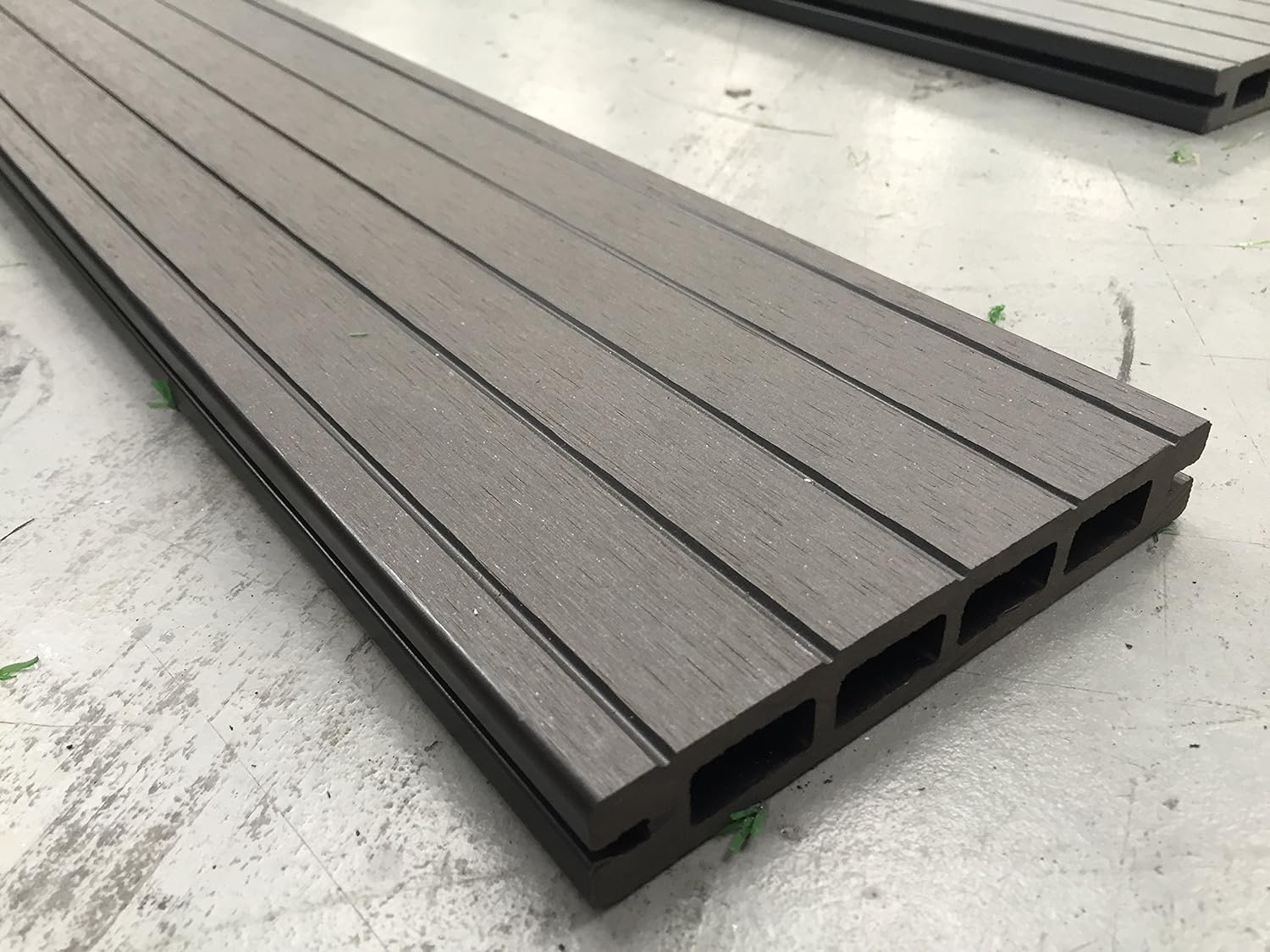
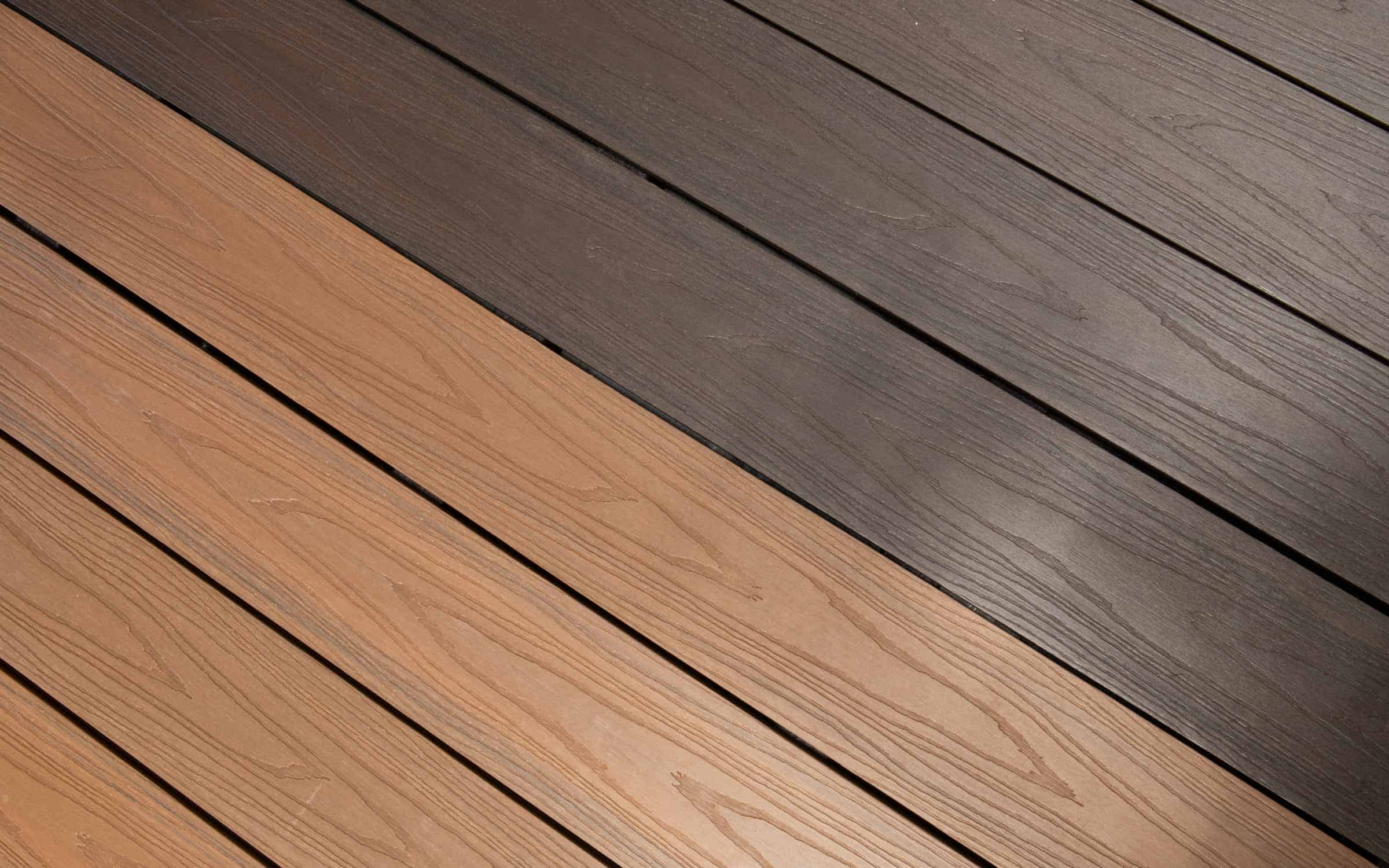
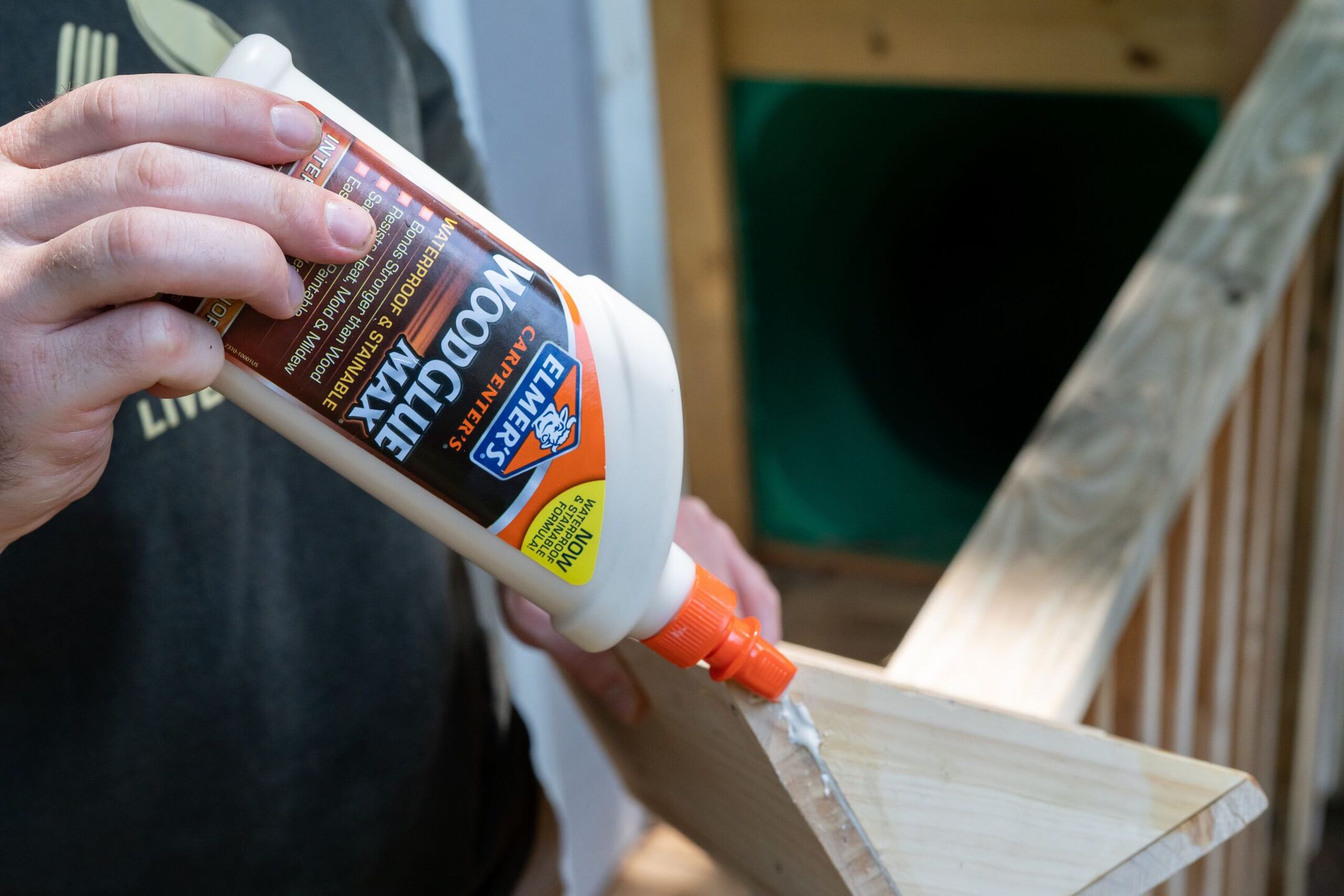
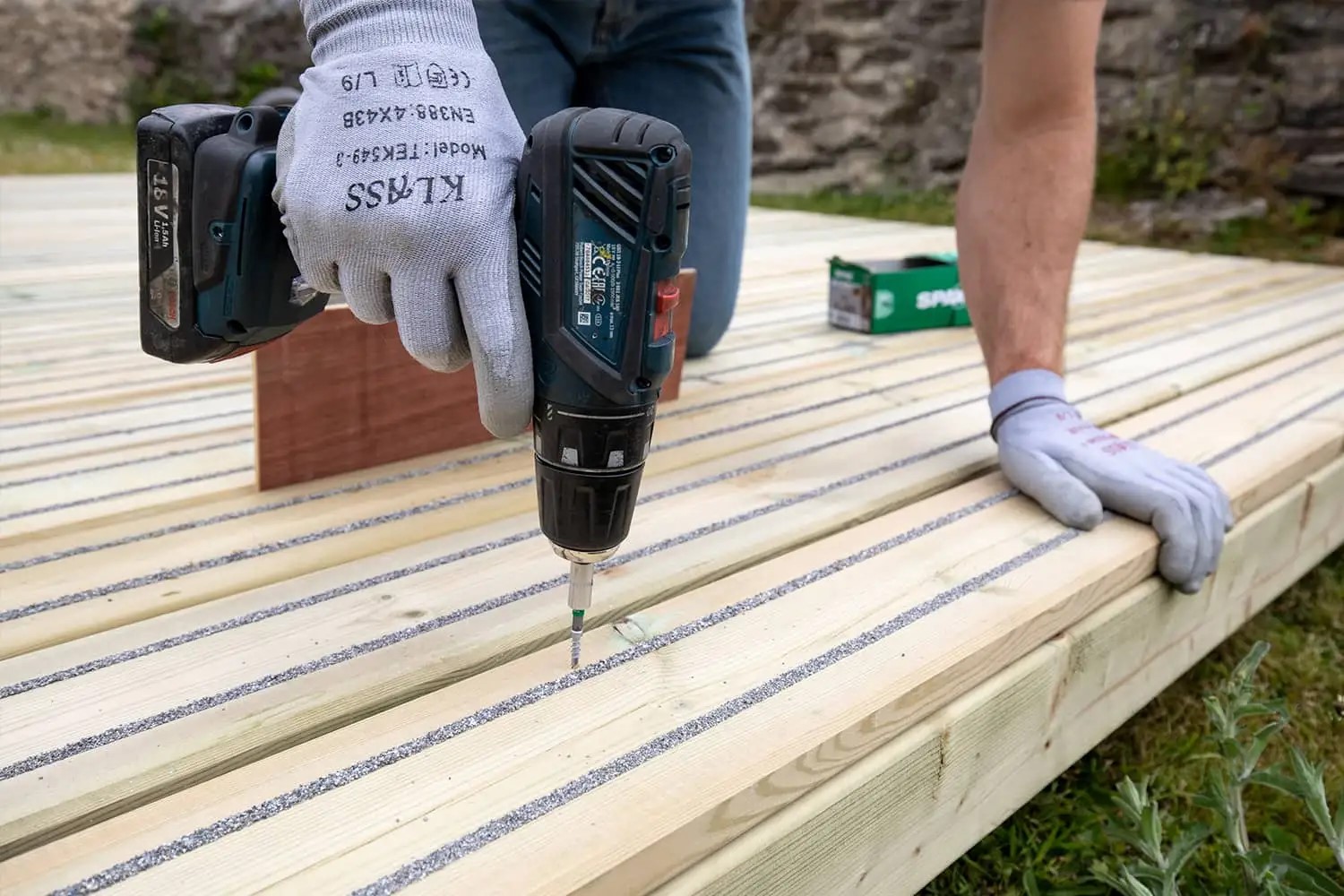
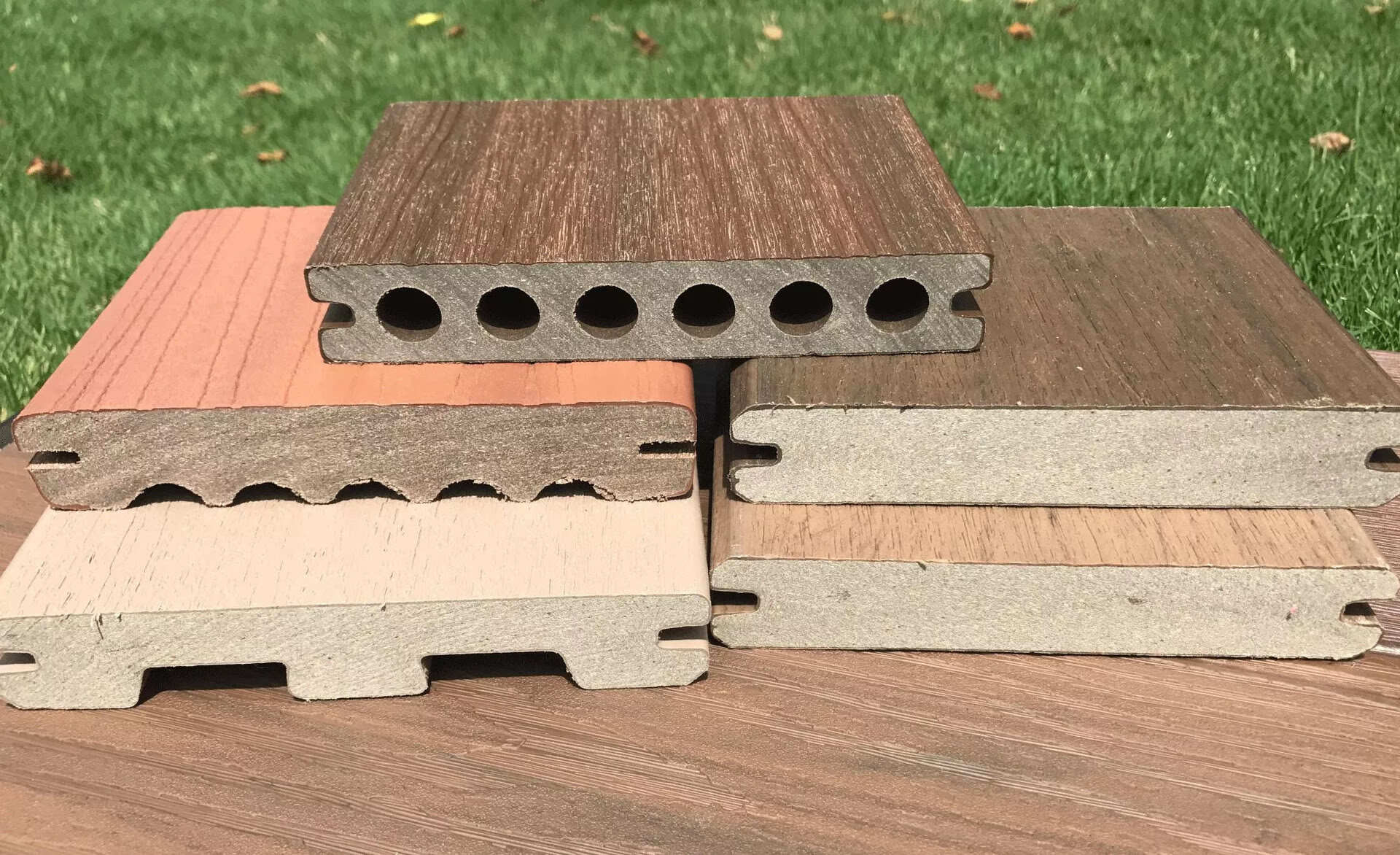
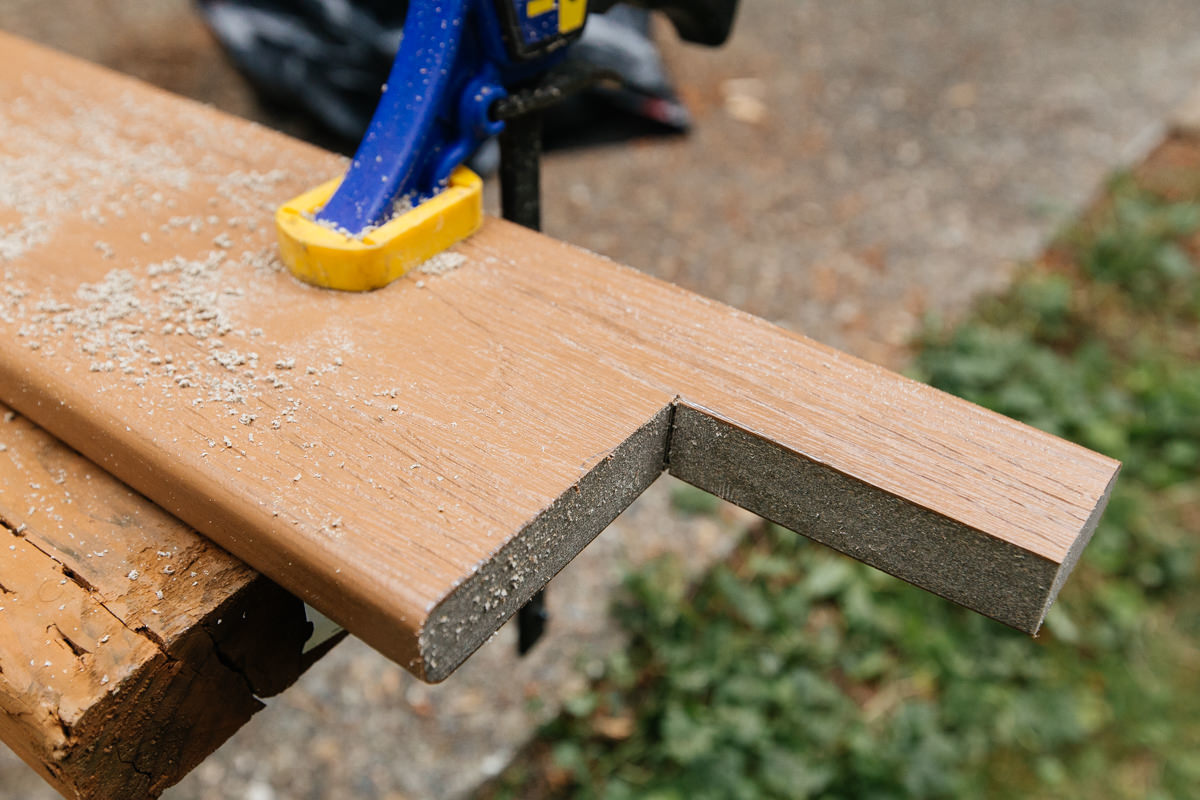
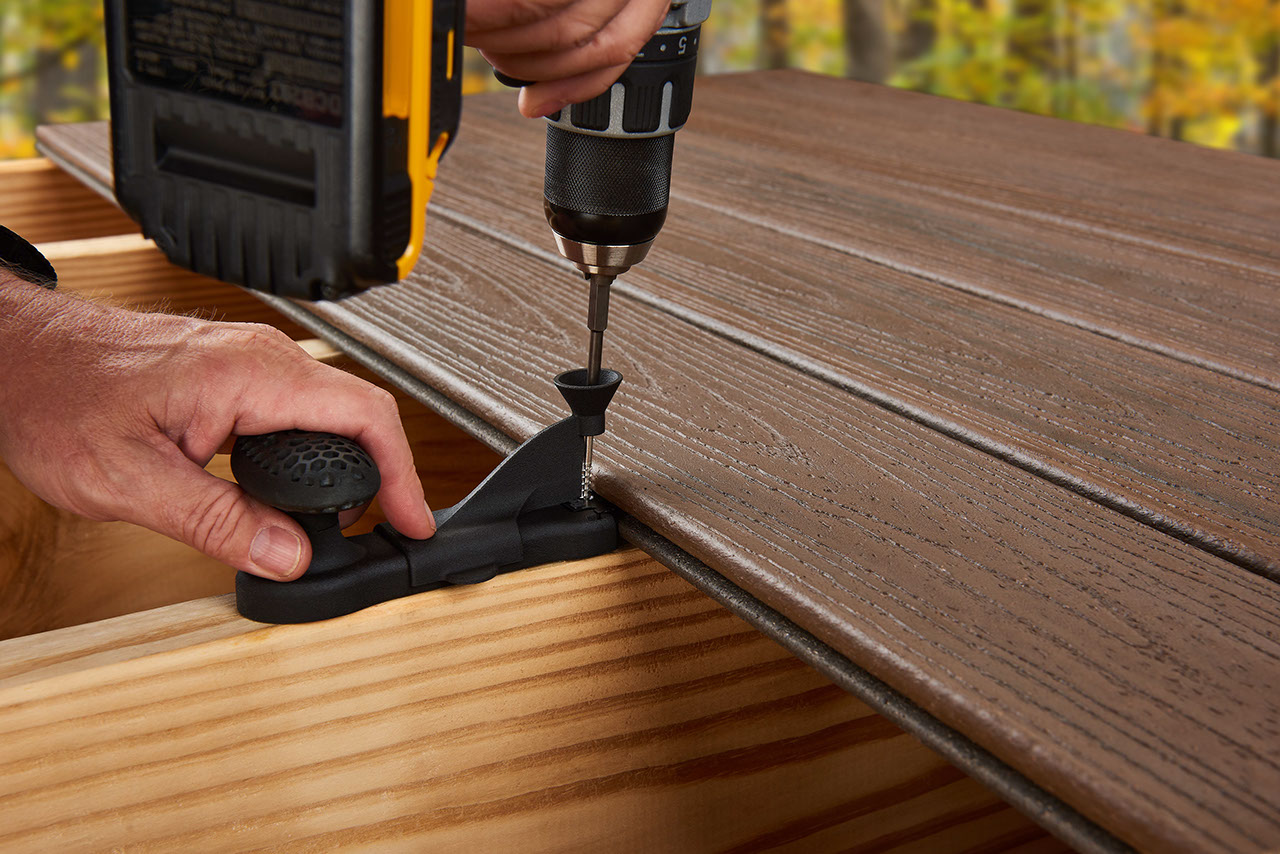

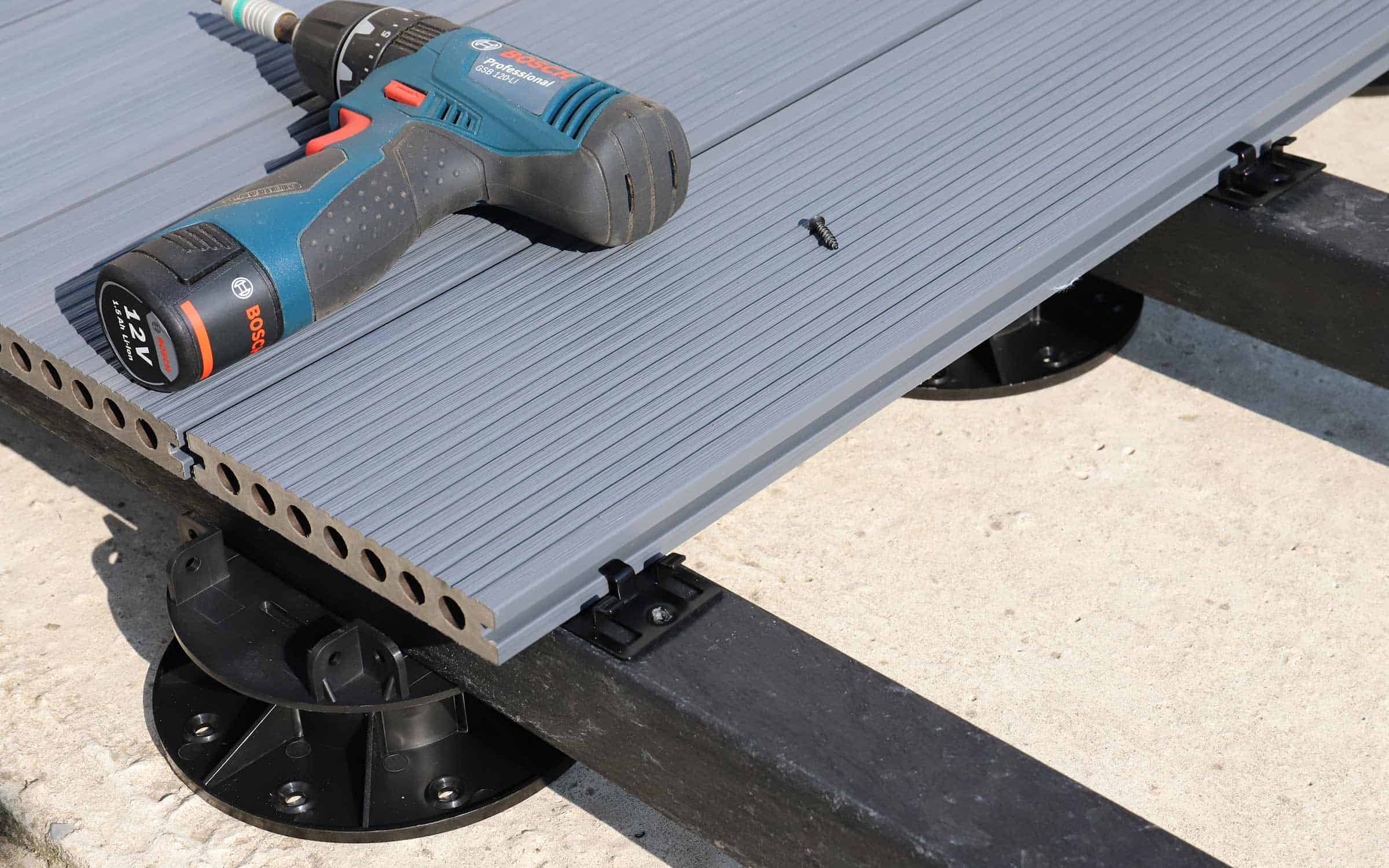
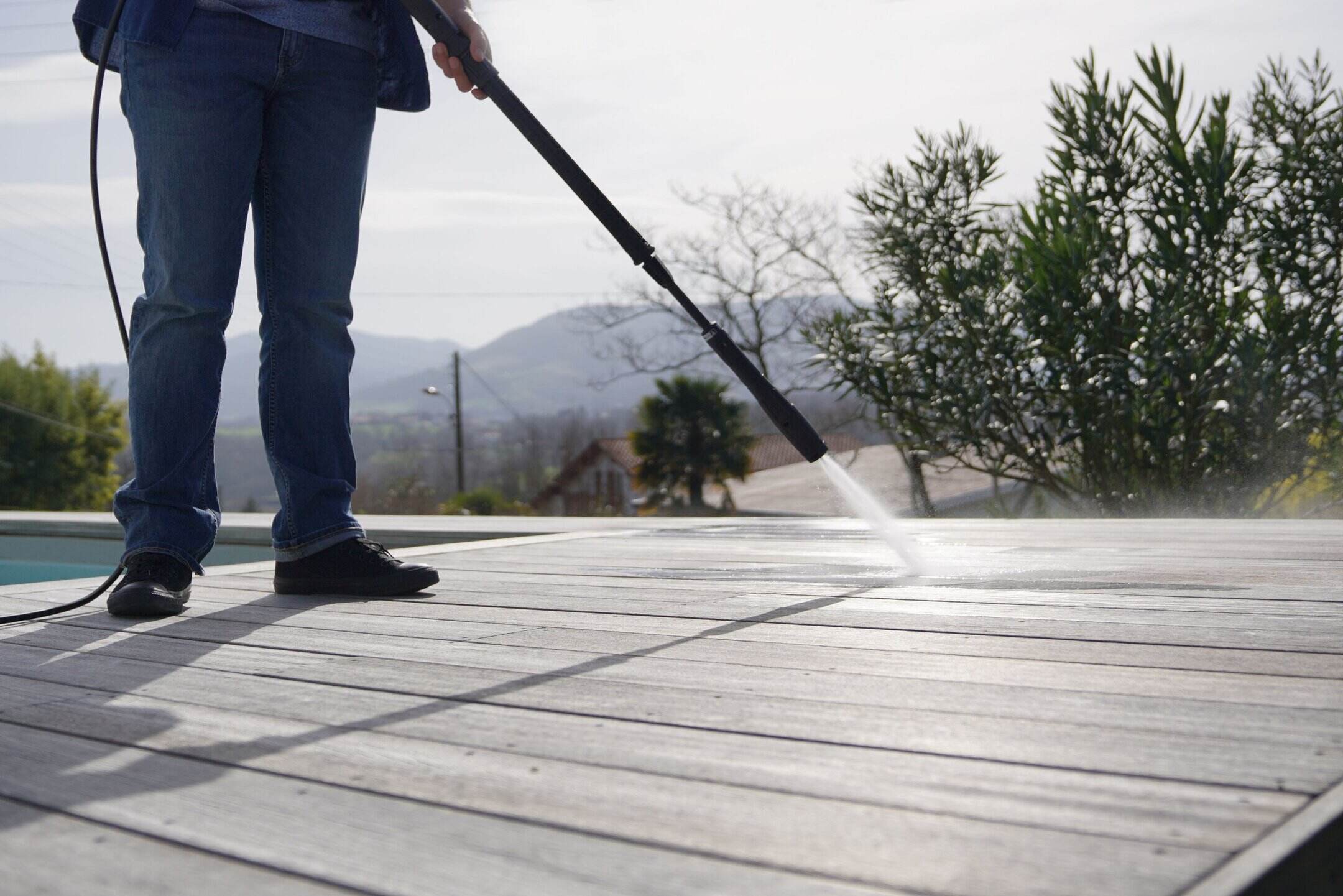
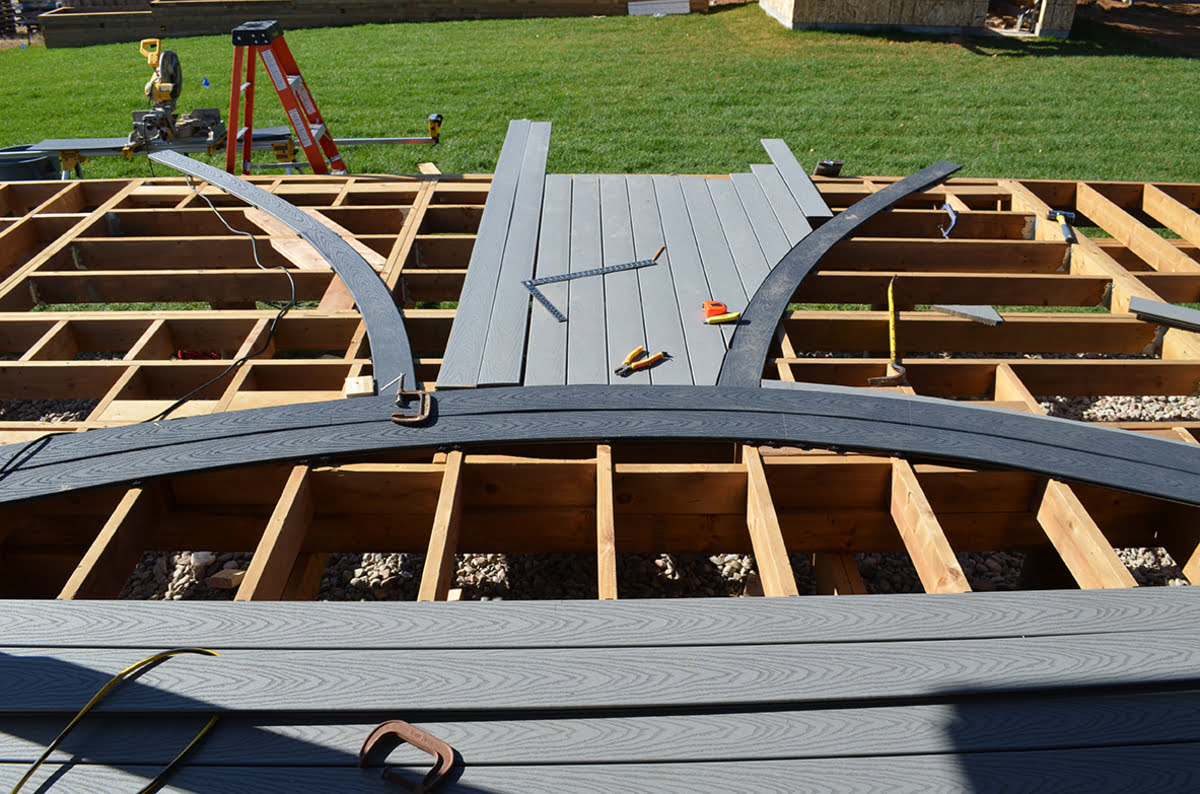
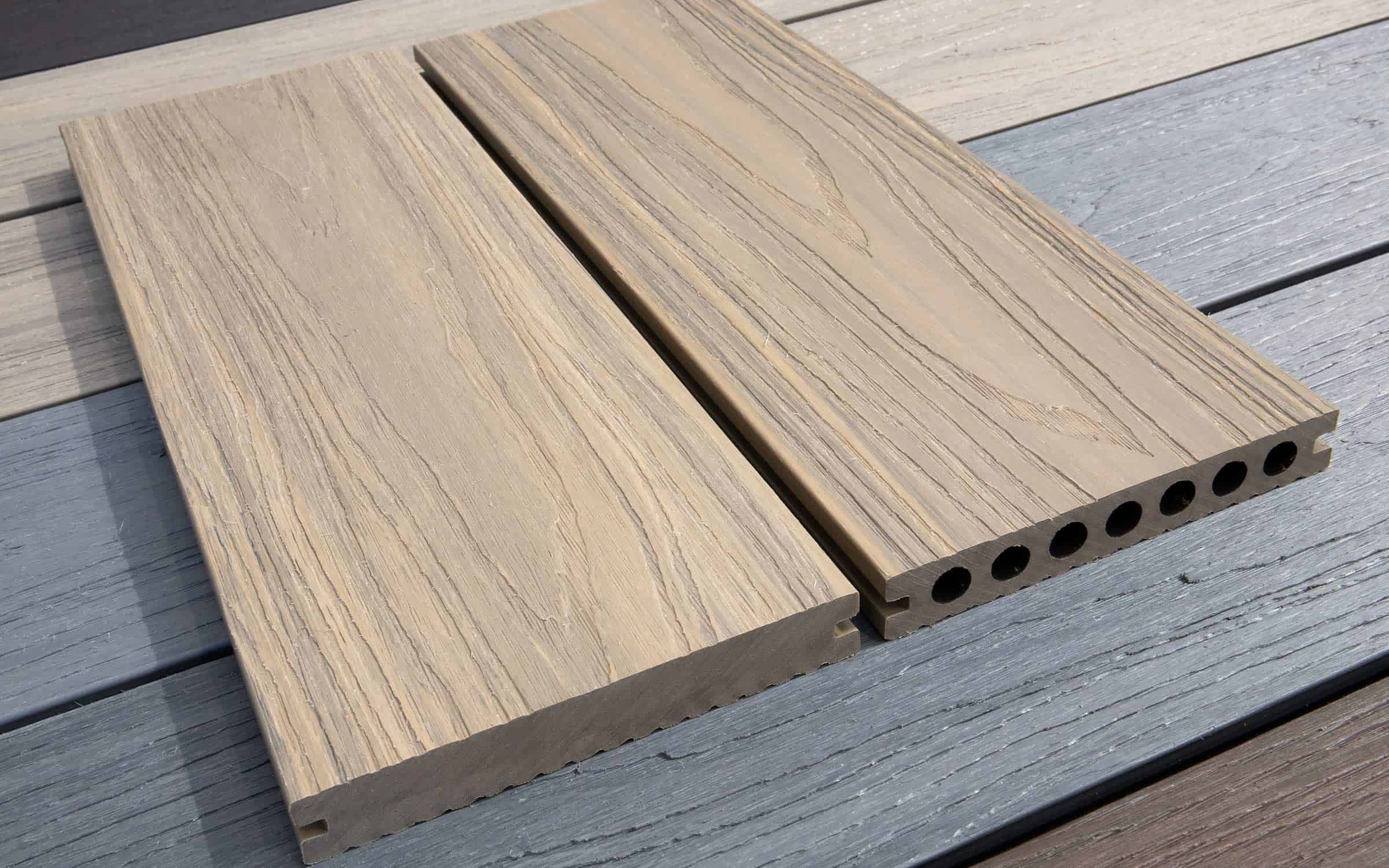
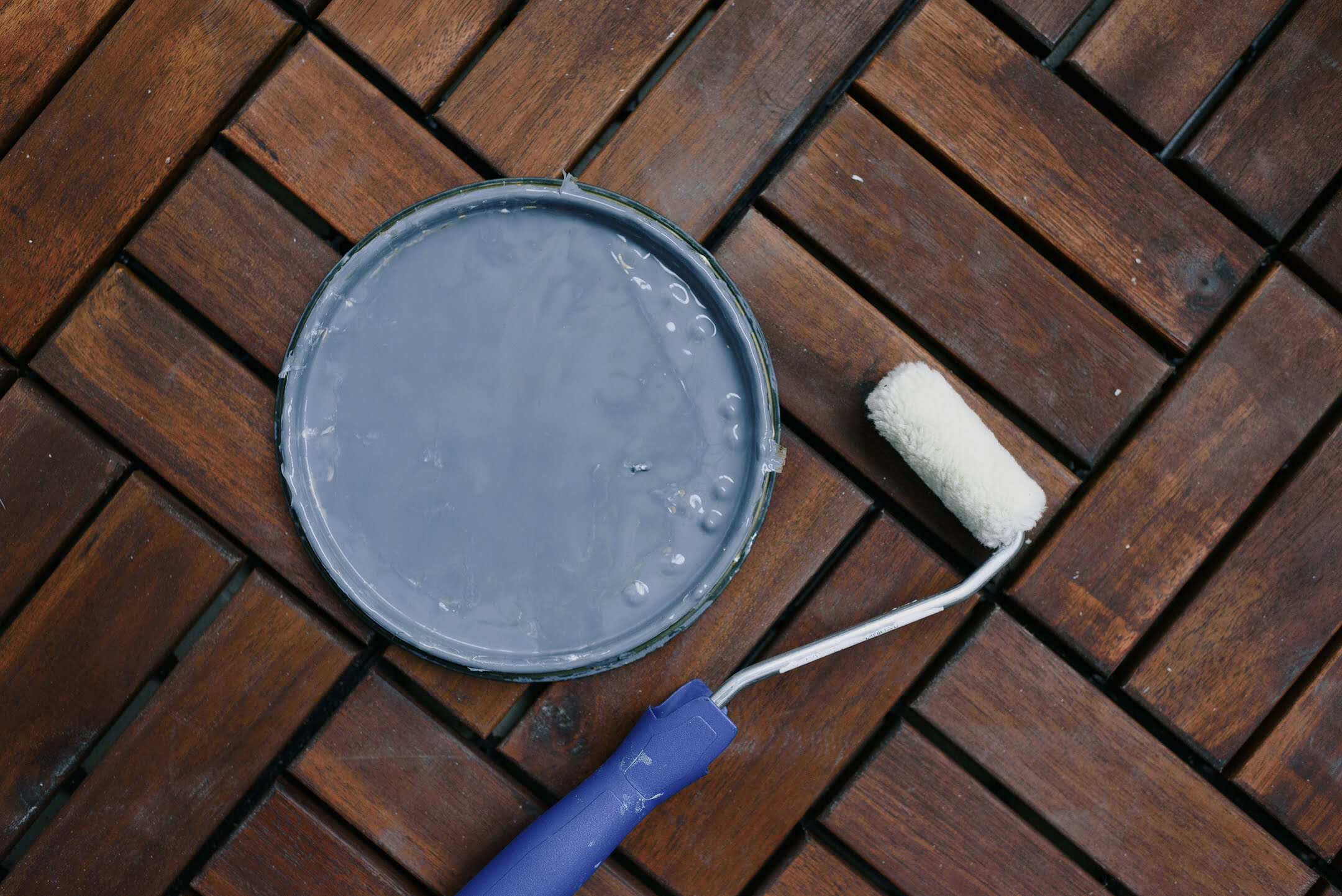
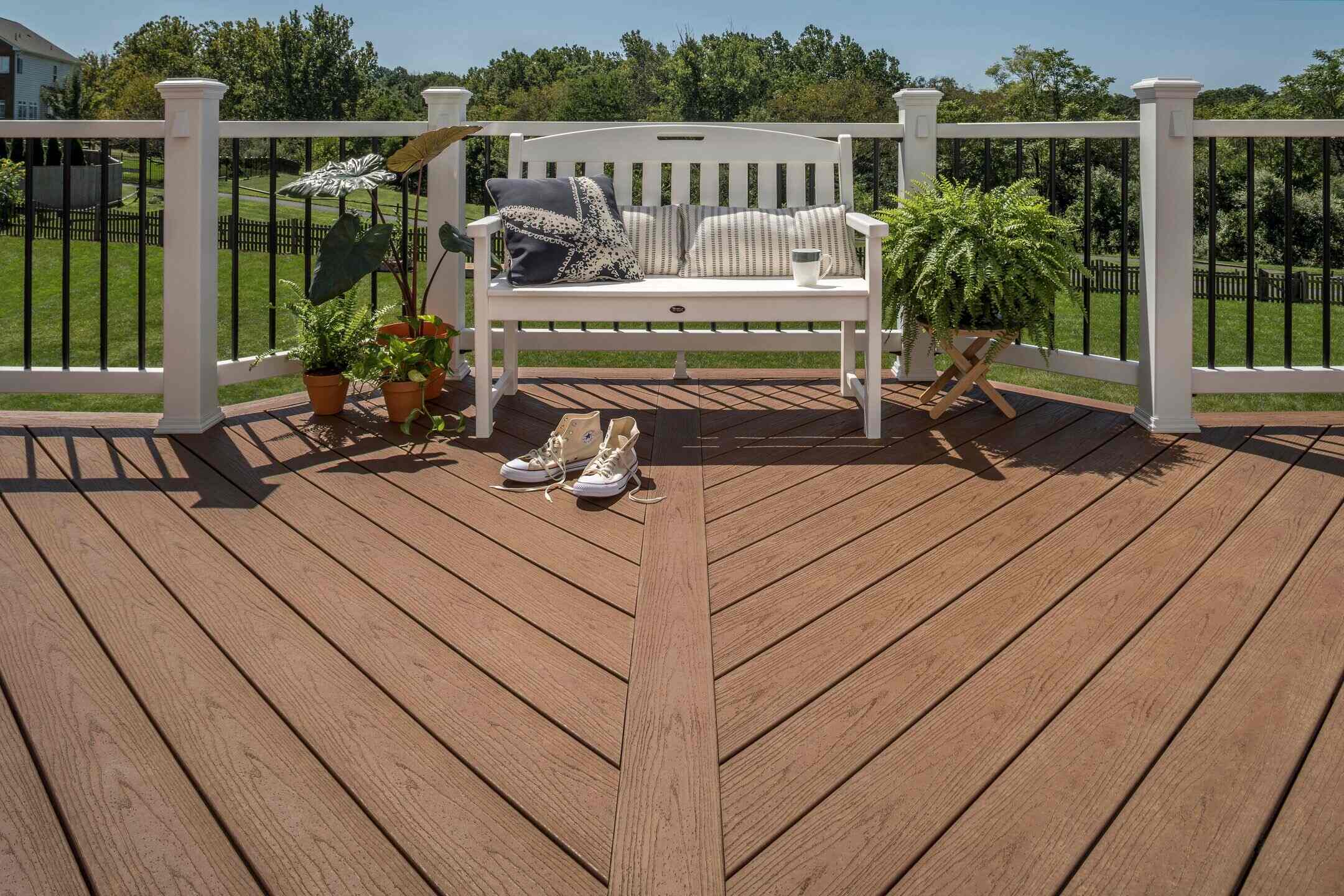

0 thoughts on “What Are The Problems With Composite Decking?”